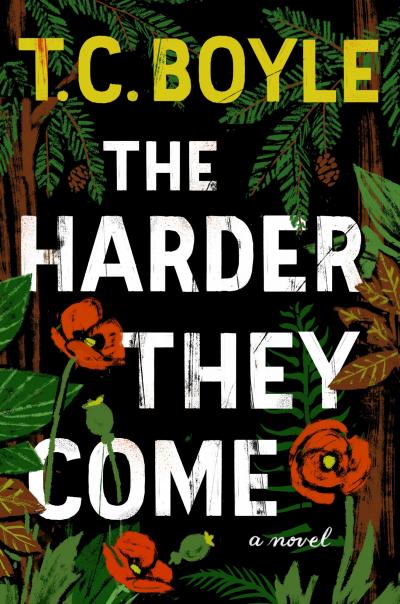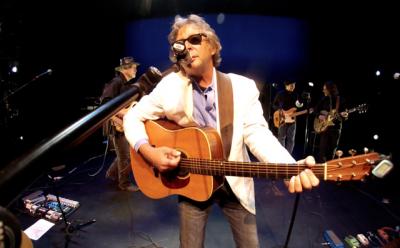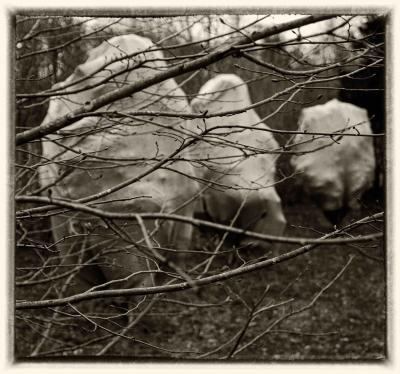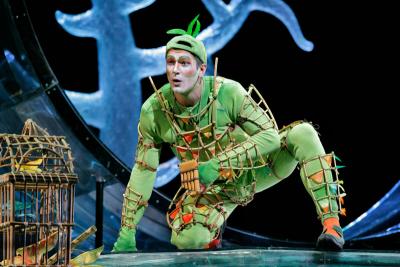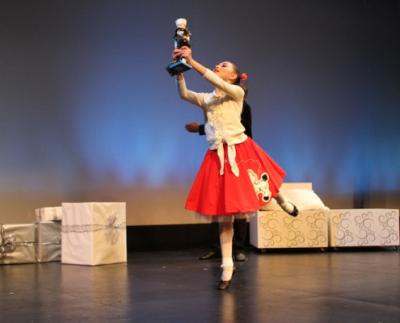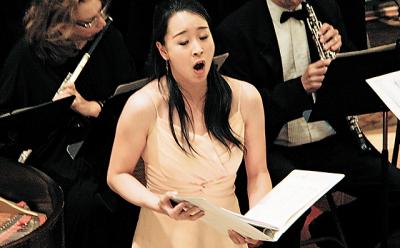Focus on Females for Bay Street's 25th Season
Focus on Females for Bay Street's 25th Season
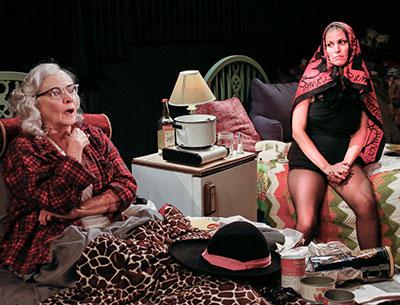
There is a good deal of excitement at the Bay Street Theater in advance of its 25th season, so much so that Scott Schwartz, the artistic director, has already announced two of its upcoming summer productions just on the cusp of 2016.
The first, “The Forgotten Woman,” Jonathan Tolins’s play about an opera singer on the cusp of divadom, which begins in May, is to be directed by Noah Himmelstein. It will have its world premiere in Sag Harbor. A pared-down version of “My Fair Lady,” the second production, will open around July 4.
This is Mr. Schwartz’s third season and he is building on 2015’s unqualified success. “We had a new sort of resurgence of growth last summer, both from an attendance and financial perspective. It was one of the best summers we’ve ever had.”
Instead of feeling pressure to repeat year 24’s triumph for year 25, he said the anniversary has been an inspiration. “This theater is burning incredibly bright. We have had major directors, writers, and actors from the beginning.” Mr. Schwartz aims to continue that record, “to be a bright leader on the theater scene of the East End and nationally.”
He has had a chance to work within the community and learn its tastes, which he has taken into account in his programming. “This is an audience that wants cutting-edge works they haven’t seen in New York City last year, or in any other theater.” Using that criteria, he includes not only new works but “visionary productions of classical works, revivals they haven’t seen in the past few years.”
“My Fair Lady” is one such, “one of the greatest musicals ever written, in my top 10 favorites of anything I’ve ever done.” In choosing it for this season, the director said he wanted to take “this big, classic, beloved show and put it in our space, which is incredibly intimate . . . to strip it down to its core.” Using a two-piano version of the score, he said, would allow the audience to concentrate more on the complicated characters and their relationships.
In this way, explained Mr. Schwartz, he can play up Bay Street’s intimacy. He saw a similar production in London a few years ago at the Chocolate Factory. “I love sitting in the audience and feeling like I’m just inches away from these brilliant performances,” he said.
Based on George Bernard Shaw’s play “Pygmalion,” the musical has the benefit of Shaw’s “richly written characters — Eliza, Higgins, Pickering, Higgins’s mother. At Bay Street we can go deeper, look closer at these people, and see into their hearts.” It is an approach, he said, that will look quite familiar to those who saw “Grey Gardens” last summer. “It had a wonderful large Broadway production a few years ago. By our doing it with Rachel York and Betty Buckley, the audience got to experience the musical in a different way.”
He called the language in “My Fair Lady” amazing, and its relationships very human. “These are not the usual two-dimensional characters of musical theater. They are real people — strong, funny, neurotic. They are as contemporary as any character written today.” And, he said, the story of clashing social classes and the battle of the sexes is something “I’m very excited to have here.”
The character of Margaret Meier in “The Forgotten Woman” continues a theme of “portraits of strong women who are going through a complicated time in their lives, who come into their own power over the course of their two respective shows, set in different periods.”
She is a gifted soprano terrified of success and fame. A reporter who comes to her hotel room becomes the catalyst for appraising her life and the things about it that make her uncomfortable, including aspects of her marriage and family, her weight, her ambition, and the sacrifices she has made for her career.
“The central character is this incredibly funny, neurotic woman in the process of becoming a diva. You see her struggles with men, her life, her weight. The character of Margaret is delicious.”
Mr. Schwartz hopes the two plays will prompt a conversation with the audience over the course of the summer. Bay Street’s third play, yet to be announced, could continue the theme, he said, or take a different direction. “I wanted to make sure I had the perfect work for the season, and I am still finalizing a decision.”
The director intends to continue presenting work by women writers or focused on female characters. “There is still a gender gap in not-for-profit theater,” he said. “Men work more frequently.”
Equally important, “I view it as my job as artistic director to program works that are diverse and inspiring, that speak to the community in different ways. I want to offer things they can’t see anywhere else.”


